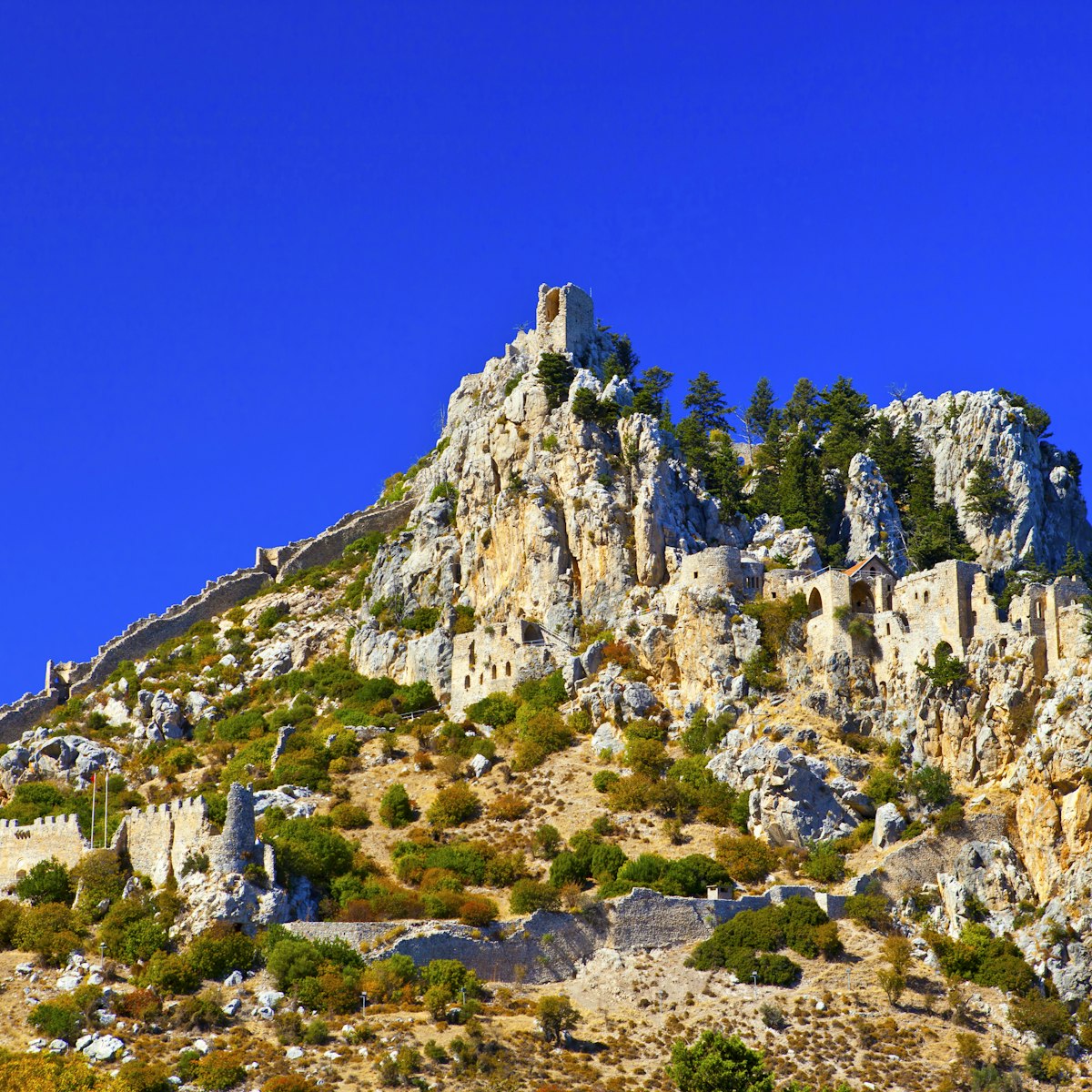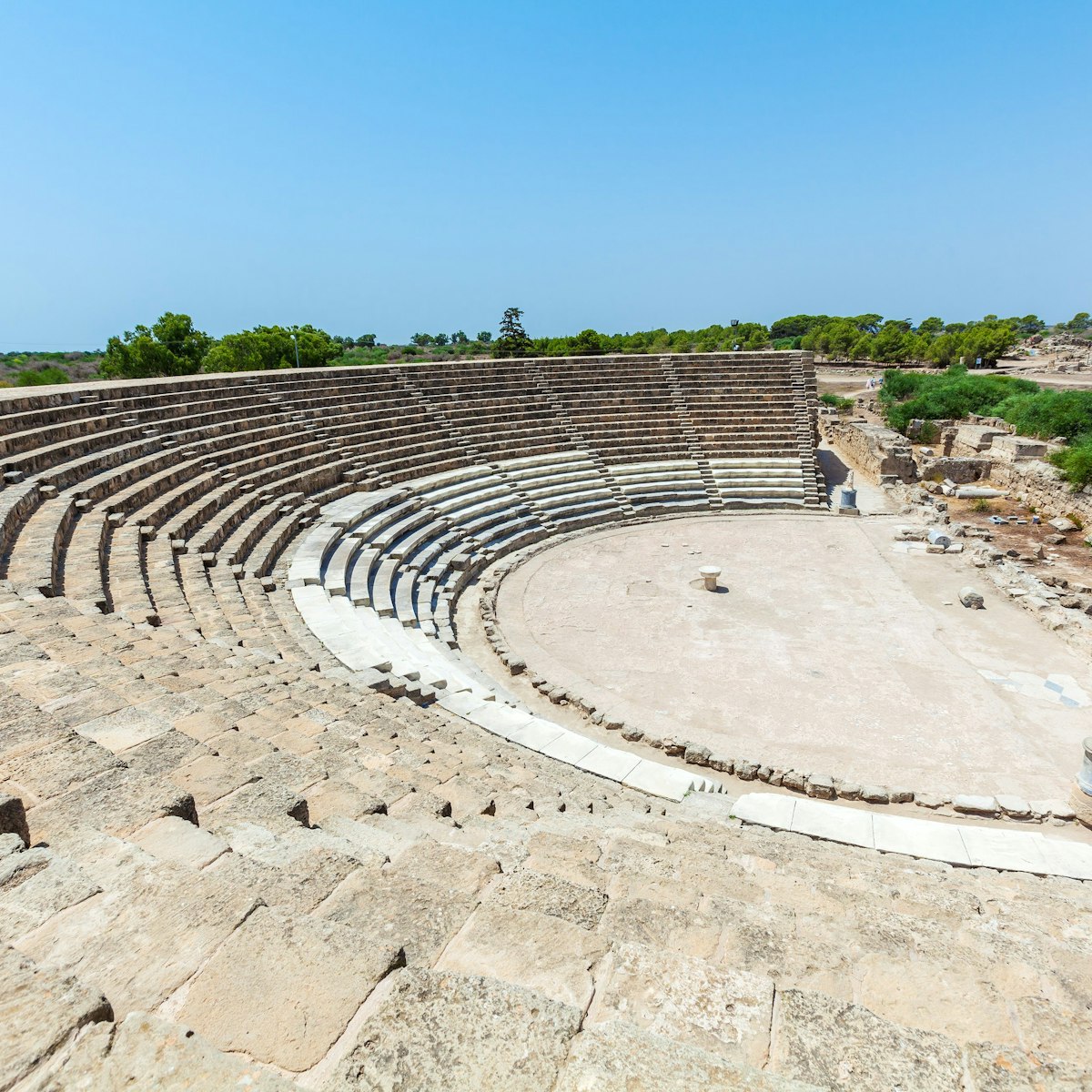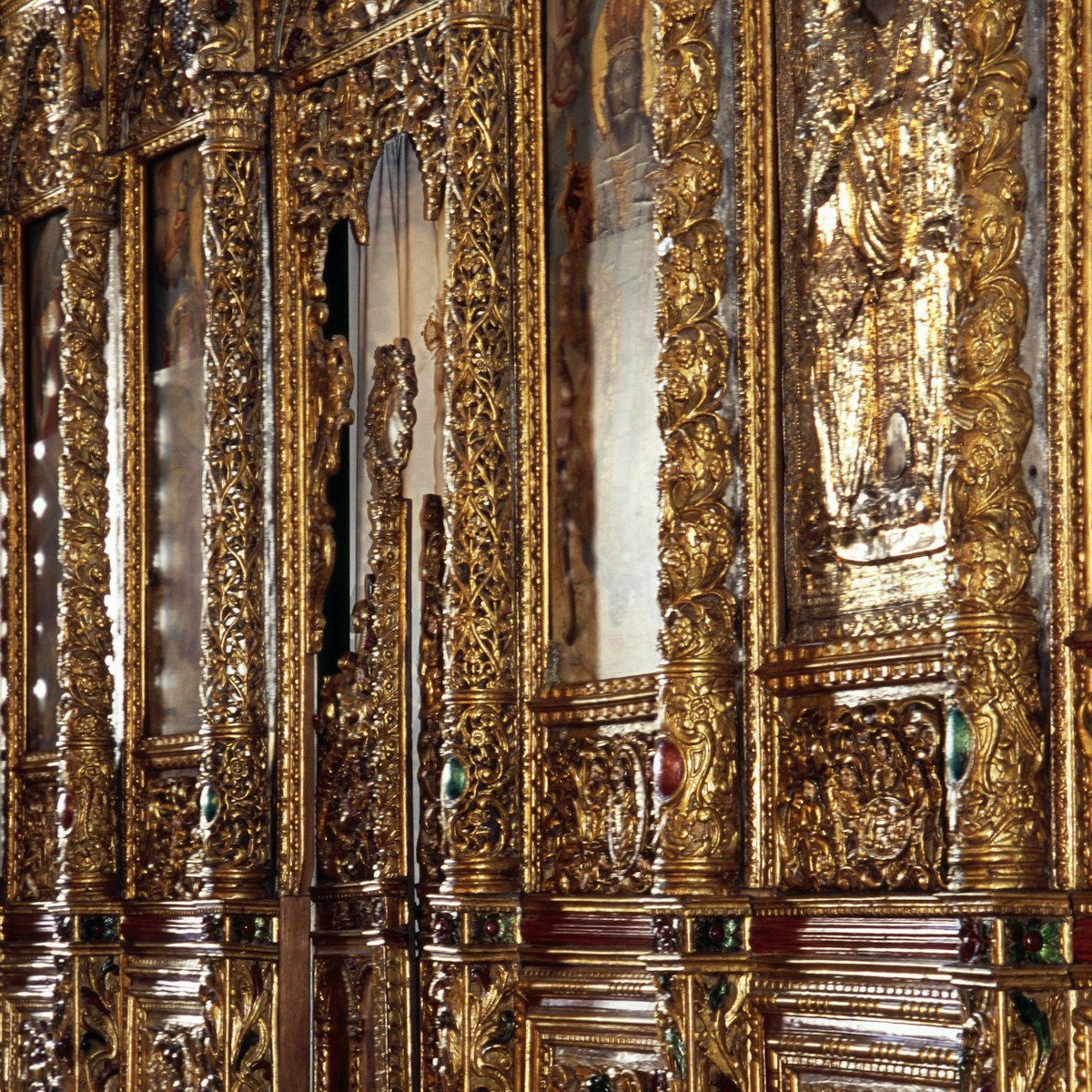Buffavento perches precariously at 940m, overlooking the Mesaoria plain. The constant pummelling it endures from high winds is how it derived its Italian name, ‘Challenger of the Winds’.
The castle is divided into two sections: the lower enceinte (fortified defensive enclosure) and the upper enceinte, which occupies a smaller area on the rocky peak. Built in such a way that no fortifications other than its outer walls were needed, the castle's naturally guarded location has only one entrance approach.
Little is known about the castle's early history. In medieval times, it was known as the Castle of the Lion, when Richard the Lionheart took it from the daughter of Byzantine emperor Isaak Komninos in 1191. The Lusignans later used it as a prison and a beacon tower, connecting both Kantara Castle to the east and St Hilarion Castle to the west.
Although it has deteriorated more than the other castles – and some of its buildings have been sadly defaced by graffiti – Buffavento's surviving towers and walls have an ambience of lingering grandeur topped off by the dizzying views sweeping downwards over the forested slopes.
Prominently signposted (as Buffavento Kalesi) off the Beşparmak (Pentadaktylos) Pass, it’s a 15-minute drive along the uphill road to the parking area below the castle. From here it’s a steep but gradual walk that takes about 20 minutes. Closed footwear is advised. Note that there is rarely anyone manning the ticket booth.







